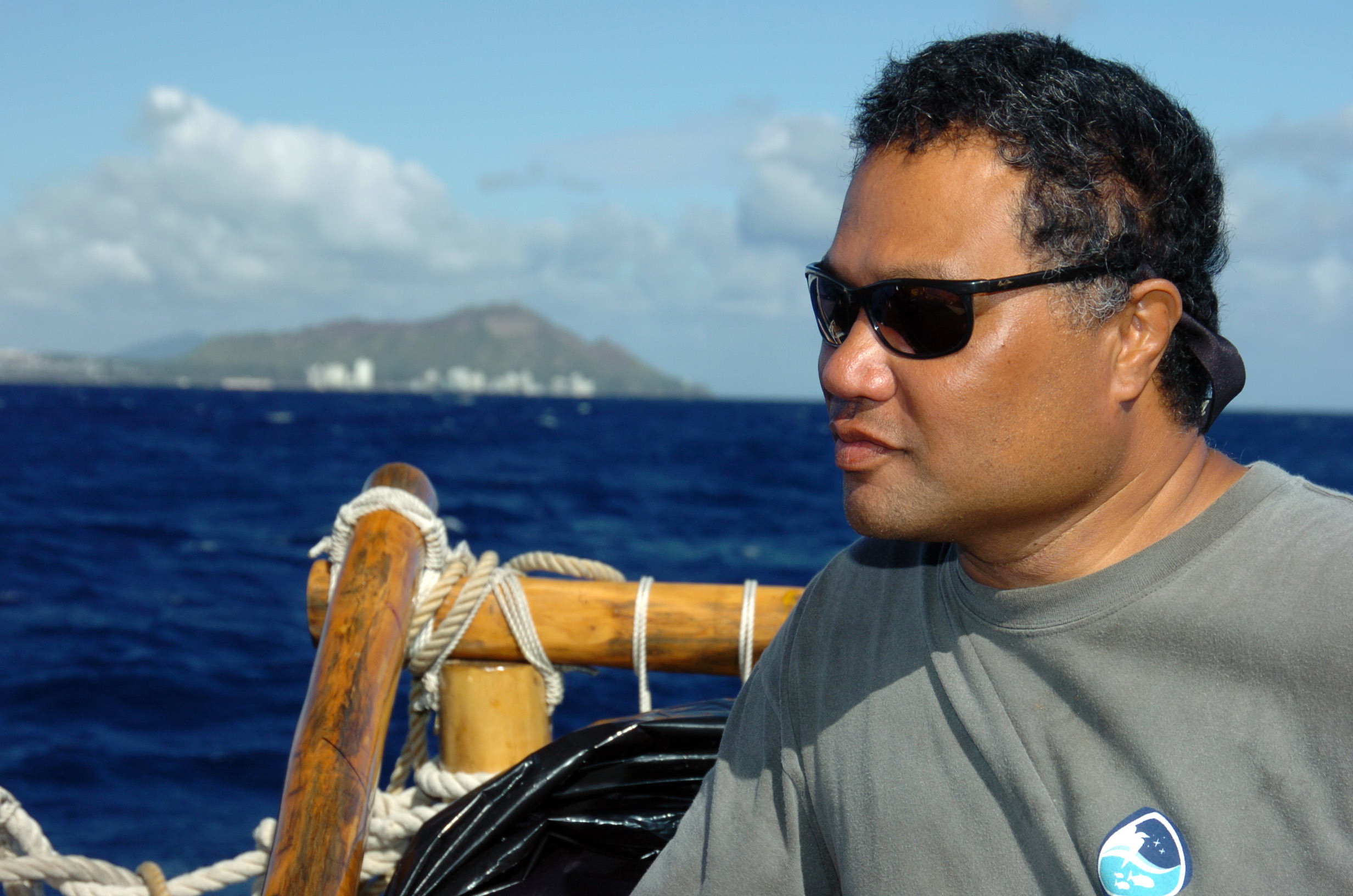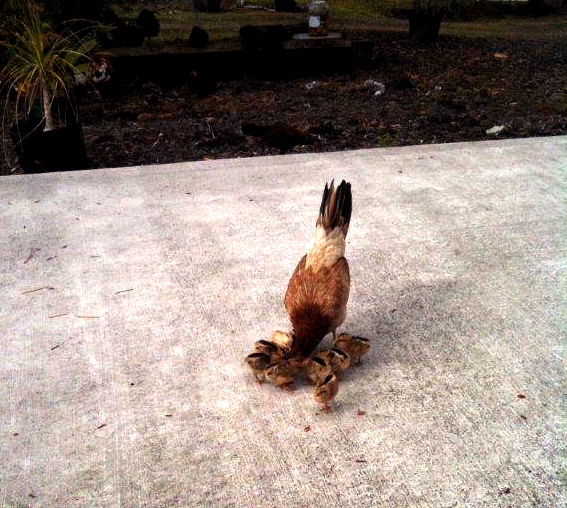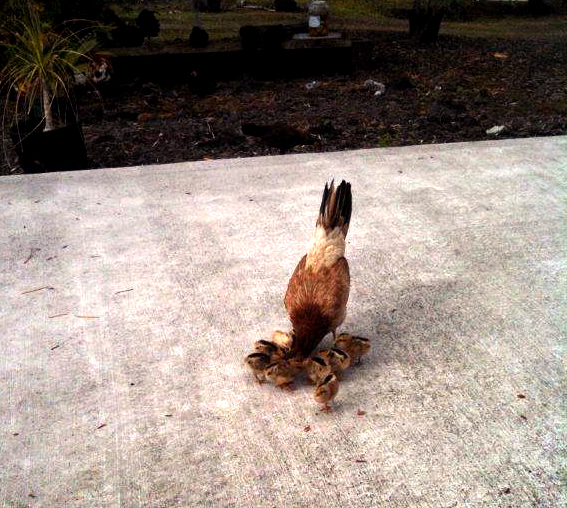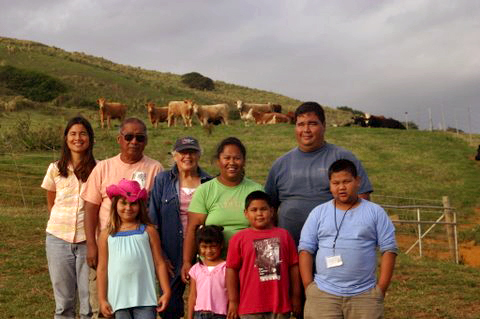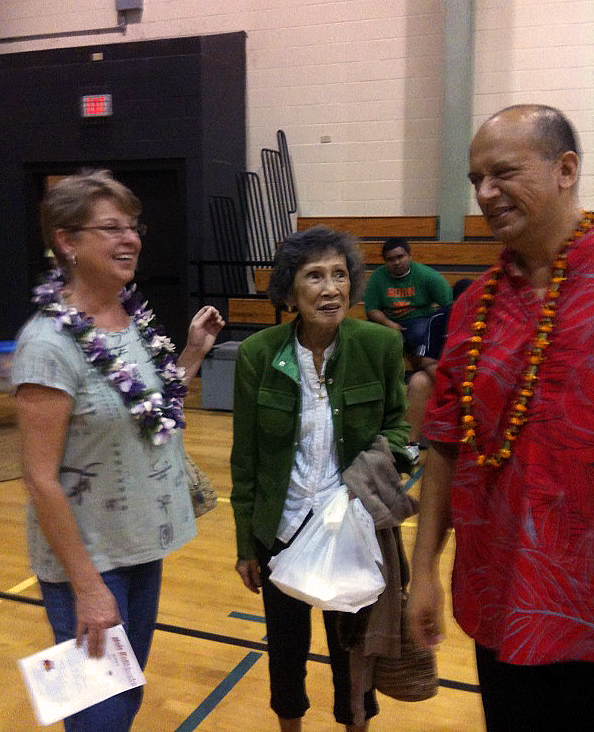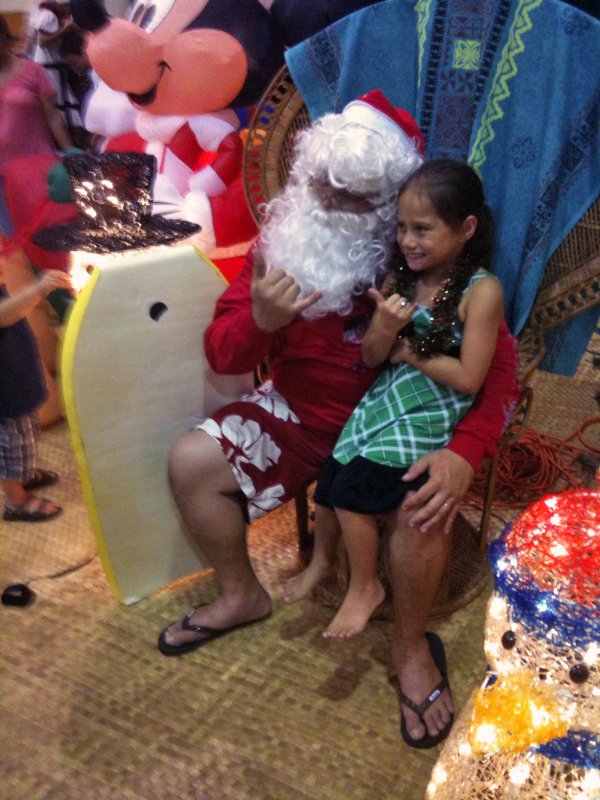Ha Ha Ha! April Fool!
Did we get you yesterday? Richard’s post about his project “PMM 2010” referred to a mythical “perpetual motion machine.”
The history of perpetual motion machines dates back to the Middle Ages. For millennia, it was not clear whether perpetual motion devices were possible or not, but the
development of modern thermodynamics has indicated that they are impossible. Despite this, many attempts have been made to construct a perpetual motion machine. Modern designers and proponents often use other terms, such as over unity, to describe their inventions.
Wikipedia explains the history of perpetual motion machines, and wow, I didn’t know a lot of that.
The photo above is an engraving of Robert Fludd’s 1618 “water screw” perpetual motion machine.
- The earliest designs of a perpetual motion machine dates back to
1150, by an Indian mathematician–astronomer, Bhaskara
II. He described a wheel that he claimed would run forever.[1] - In medieval Bavaria, the magic wheel or magnet wheel, was basically a wagon wheel that spun by itself. Magnets with lead plates on their backs were affixed to the wheel, like the seats on a Ferris wheel. Each magnet was attracted to a magnet affixed to the base on the ground. The lead allegedly blocked attraction as each magnet passes by it, so the wheel would keep moving for a time before friction stopped it.[citation needed]
- In the 13th century, Villard de Honnecourt had a drawing of one in his sketchbook. Honnecourt was a French master mason and architect. The sketchbook is made up of mechanics and architecture.
- Leonardo da Vinci made a number of drawings of things he hoped would make energy free.[2][3] Da Vinci examined a few overbalance wheels.[4] He also designed a centrifugal pump and the “chimney jack“. The chimney jack was used to turn a roasting skewer (a reaction-type turbine).[5
- In 1900, Nikola Tesla claimed to have discovered an abstract method on which to base a perpetual motion machine of the
second kind. No prototype was produced. The Serbian American Physicist Inventor wrote:
| “ | A departure from known methods – possibility of a “self-acting” engine or machine, inanimate, yet capable, like a living being, of deriving energy from the medium – the ideal way of obtaining motive power. |
That Wikipedia article goes over who has claimed to invent what perpetual motion machine throughout the centuries and all the way up to the present day. It is fascinating!
I keep wanting to copy parts of it over to show you here, but I had to stop because it just goes on and on about people claiming to have built a perpetual motion machine that worked who: received a patent/were flat out proved to be frauds/built something inspired by a series of recurring dreams and currently the subject of commercial research and investigation/built such a machine after an (alien?) abduction/left notes upon their death in 1958 that are still being studied today, and much, much more.
Richard’s PMM 2010 is not listed there in Wikipedia, so he must have been — HA HA HA! — pulling a fast one.
Happy April Fool’s Day, everybody.

